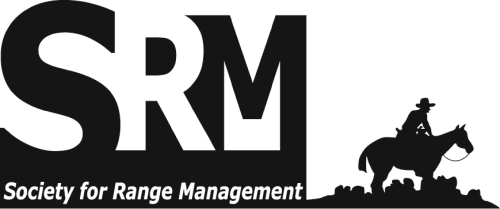Recommended strategies for dealing with drought include maintaining a conservative stocking rate, maintaining grazing flexibility by having yearlings as one of multiple enterprises on the ranch, and leaving a significant amount of herbaceous production at the end of the grazing season. We perform an economic analysis of these grazing strategies using a bio-economic multiperiod linear programming model with variable annual forage production and beef prices. We evaluate the economics of conservative versus flexible grazing where stock numbers are adjusted to match forage conditions. The deterministic model estimates that a flexible grazing strategy could nearly double net returns relative to a conservative strategy, but realizing this substantial economic potential means higher production costs, and it depends on a quality climate forecast that is not currently available. Maintaining grazing flexibility was determined to be very important for managing variable forage conditions, and its importance increased with the level of variability. Without annual variation in forage production, over 80% of available forage would optimally be allocated to cow-calf production. As forage variability increased to levels observed on the arid rangelands of the western United States, a 50:50 forage allocation between cow-calf and yearling enterprises was found to be optimal, but optimal cow numbers decreased over time as dry conditions force herd reductions. As compared to a cow-calf ranch only, adding flexible yearling enterprises increased average annual net ranch returns by 14% with conservative stocking and by up to 66% with flexible grazing. Herd expansion beyond a conservative level should occur with yearlings because adjusting cow numbers is too expensive relative to the potential short-term gain, even if forage conditions are known with certainty. The Rangeland Ecology & Management archives are made available by the Society for Range Management and the University of Arizona Libraries. Contact lbry-journals@email.arizona.edu for further information. Migrated from OJS platform August 2020

Scholarly peer-reviewed articles published by the Society for Range Management. Access articles on a rolling-window basis from vol. 1, 1948 up to 5 years from the current year. Formerly Journal of Range Management (JRM). More recent content is available by subscription from SRM.